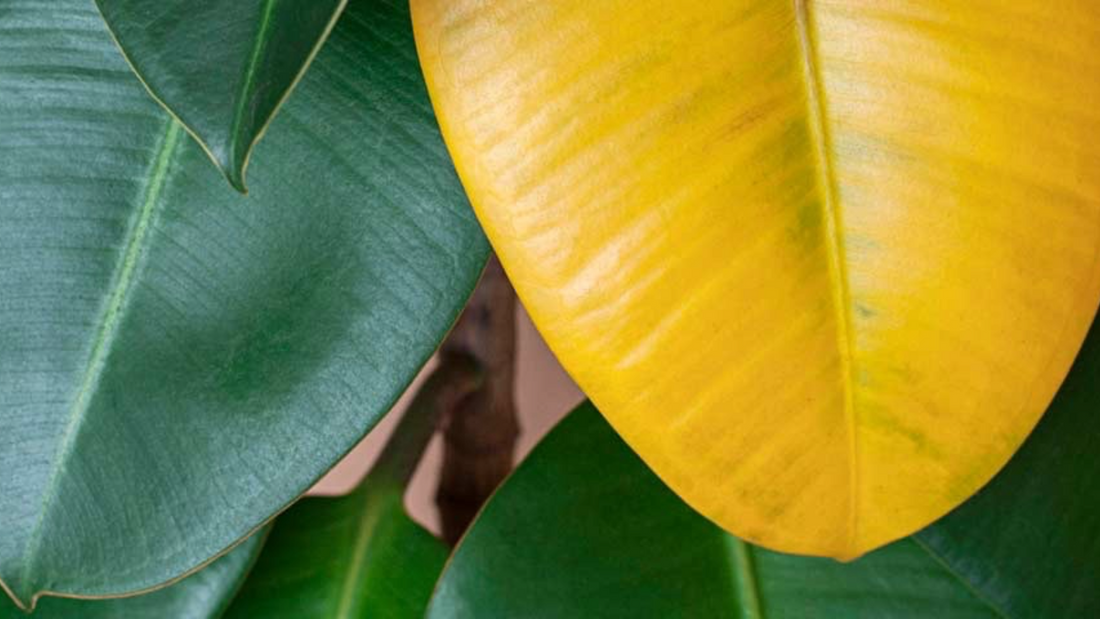
How to Read Your Plants' Colors for Health Clues
Share
For Florida homeowners who pride themselves on lush, vibrant landscapes, plant health is paramount. The color of your plants can reveal a lot about their well-being, providing invaluable insights into their needs. Whether you're a DIY enthusiast or a seasoned landscaper, understanding these color signs can help you maintain a thriving landscape. In this blog post, we'll explore what different plant colors signify, focusing on common Florida flora. You'll learn to diagnose issues and enhance your landscaping skills for a more beautiful and sustainable outdoor space.
Understanding Healthy Plant Colors
Green: The Sign of Health
A rich, vibrant green is the hallmark of a healthy plant. It indicates that photosynthesis is occurring efficiently, with chlorophyll working its magic. In Florida's sunshine, your plants should be a lush hue, signaling robust growth. However, even green plants need attention. Ensure they're not too dark, as this can indicate excess nitrogen, which might hinder flowering.
Yellowing: Nutrient Deficiencies or Too Much Sun
Yellow leaves often point to nutrient deficiencies, such as a lack of nitrogen, iron, or magnesium. It can also be a sign of stress from too much sunlight, especially in Florida's scorching summer months. If you notice yellowing, consider soil testing and adjusting your fertilization routine. Alternatively, provide shade during peak sunlight hours to alleviate stress.
Brown or Black: Indicators of Stress or Disease
Brown and black spots or edges can be alarming, often indicating disease, root rot, or severe water stress. Florida's high humidity can exacerbate fungal diseases, leading to blackened leaves. Ensure proper air circulation and avoid overwatering. Addressing these issues promptly can save your plant from severe damage or death.
Tips for Maintaining Plant Health
Proper Watering and Drainage
Watering is crucial, especially in Florida's variable climate. Ensure adequate drainage to prevent root rot and overwatering, which can lead to discolored leaves. Use mulch to retain moisture during dry spells, and adjust watering frequency based on seasonal rainfall and temperature fluctuations.
Fertilization
Regular fertilization helps maintain vibrant foliage and supports healthy growth. Use balanced, slow-release fertilizers tailored to your specific plants' needs. Over-fertilizing can lead to dark green or burnt leaves, so adhere to recommended dosages and schedules to keep plants looking their best.
Sunlight and Shade
Balancing sunlight exposure is vital for optimal plant color and health. Observe your garden's sun patterns and adjust plant placement or use shade cloths as needed. This is especially critical during Florida's intense summers, where too much sun can lead to leaf scorch and stress.
